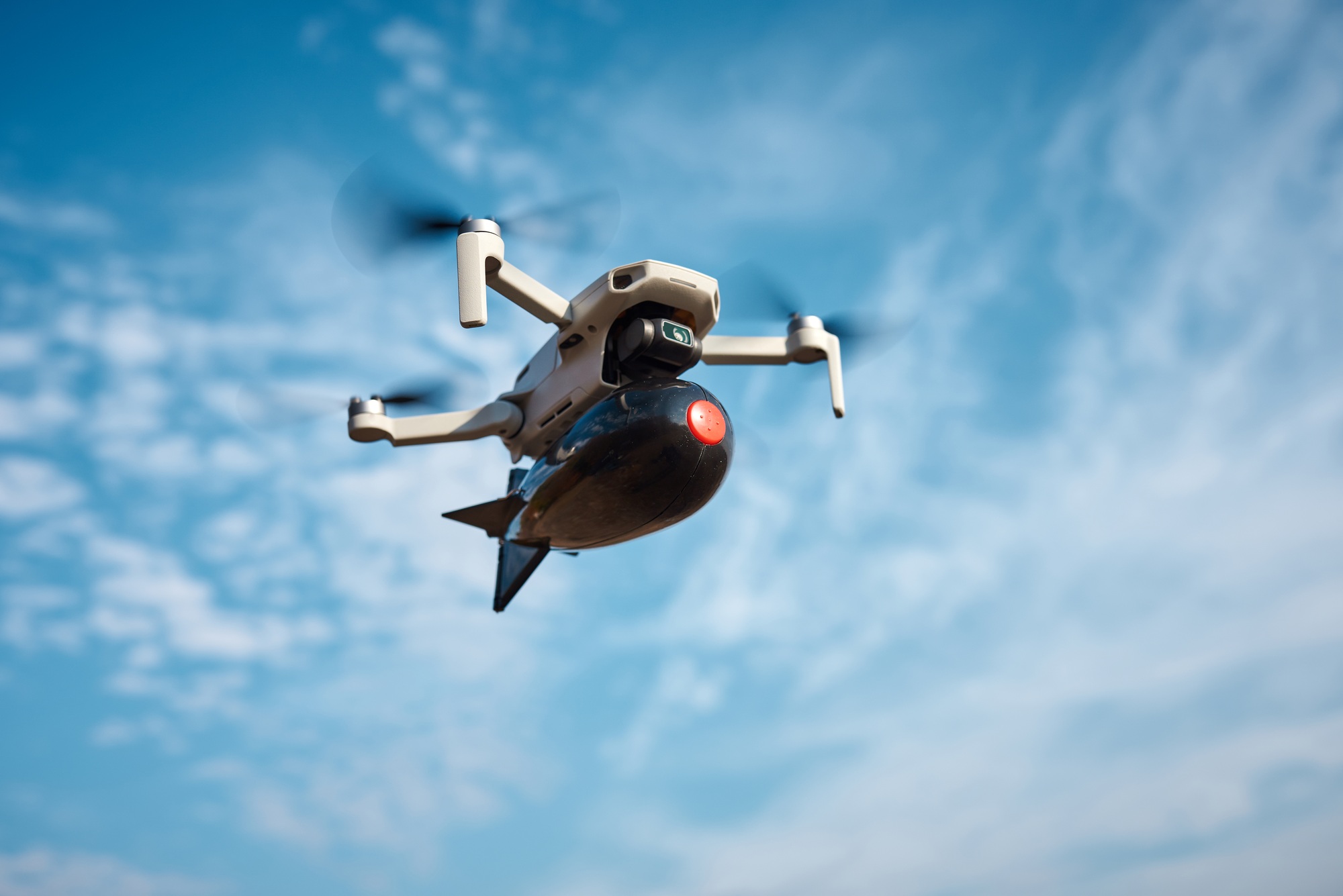North Korea is reportedly stepping further into the future of military technology with the testing of so-called “AI suicide attack drones.” Recently, North Korean leader Kim Jong-un inspected these drones, which are claimed to incorporate artificial intelligence to autonomously navigate and execute missions with suicidal intent. This bold development not only raises alarms about the potential for autonomous weapons in warfare but also poses serious challenges for global security and arms control.

Inside the Technology: How Do AI Suicide Attack Drones Work?
Autonomous Capabilities and Decision-Making
These drones are designed to operate with a significant degree of autonomy. Leveraging advanced AI algorithms, they can analyze real-time data to navigate complex environments and identify targets without constant human intervention. Key technical features include:
- Real-Time Processing: The drones use onboard sensors and machine learning algorithms to interpret their surroundings, adjust flight paths, and make split-second decisions.
- Target Recognition: Through advanced computer vision, these systems can potentially differentiate between types of targets, although the exact parameters remain undisclosed.
- Suicide Mission Profile: As “suicide” drones, they are engineered to be expendable; they are programmed to execute a mission even if it results in their self-destruction, making them a cost-effective tool for delivering a devastating strike.
Integration of AI in Military Hardware
North Korea’s incorporation of AI into its unmanned aerial vehicles represents a significant technological shift. By embedding AI into these drones, the regime aims to:
- Increase Operational Efficiency: Autonomous systems can operate in highly contested environments without putting human lives at risk.
- Enhance Mission Success: AI’s rapid decision-making capabilities may improve the accuracy and timeliness of strikes.
- Complicate Defensive Measures: Autonomous, fast-moving targets that adjust their course on the fly pose new challenges for enemy defense systems.
Broader Implications and Global Reactions
Impact on International Security
The development of AI-powered suicide attack drones by North Korea has far-reaching implications:
- Escalation of the Arms Race: Such advancements could trigger a new wave of military innovation worldwide, as nations rush to develop similar autonomous systems.
- Risks of Miscalculation: Autonomous weapons increase the risk of accidental escalation. A misinterpreted signal or malfunction could lead to unintended conflict.
- Violation of Norms: The deployment of fully autonomous lethal systems raises ethical questions and may violate emerging international norms regarding human oversight in warfare.
Ethical and Regulatory Concerns
The integration of AI into military hardware, especially in systems designed for self-destruction, presents several ethical dilemmas:
- Loss of Human Judgment: Relying on AI for life-and-death decisions removes the human element from critical warfare decisions, raising concerns about accountability and moral responsibility.
- Potential for Unintended Consequences: Autonomous systems might misidentify targets or be exploited by adversaries, leading to tragic mistakes.
- Call for Global Regulation: International bodies and arms control experts are increasingly urging for clear guidelines to regulate the use of autonomous weapons, emphasizing the need for transparency and human oversight.
Future Directions and Challenges
North Korea’s Strategic Calculus
For North Korea, developing AI suicide attack drones is part of a broader strategy to modernize its military capabilities and project power. While the technology is still in its experimental phase, its potential to change the dynamics of warfare is significant. The regime’s willingness to invest in such risky innovations signals a prioritization of technological advancement over international norms and could further isolate it on the global stage.
The Road Ahead for Autonomous Warfare
The emergence of AI-driven military systems like these drones is likely to accelerate further developments in autonomous weapons technology. As nations worldwide observe these experiments, there will be:
- Increased Investment in AI Military Research: Global superpowers may double down on developing their own autonomous systems, potentially leading to an arms race in AI technology.
- Heightened Diplomatic Tensions: The proliferation of such weapons could lead to renewed international debate over the ethics and legality of autonomous warfare, possibly prompting new treaties or regulations.
- Continuous Evolution of Cyber Defense: As offensive capabilities grow, so too will defensive measures, including advanced counter-AI technologies and improved missile defense systems.

Frequently Asked Questions
Q: What exactly are AI suicide attack drones, and how do they work?
A: AI suicide attack drones are unmanned aerial vehicles that incorporate advanced AI algorithms to operate autonomously. They are designed to navigate complex environments, identify and engage targets without continuous human oversight, and execute missions that result in their self-destruction upon impact.
Q: What are the potential risks associated with the development of such autonomous weapons?
A: The risks include the potential for accidental escalation in conflict, misidentification of targets, loss of human oversight in critical decisions, and triggering an international arms race in autonomous weaponry. These developments also raise serious ethical concerns regarding accountability and the proper use of AI in warfare.
Q: How might the international community respond to the proliferation of AI-driven military systems like these drones?
A: The international community may push for stronger regulatory frameworks and treaties to control the development and deployment of autonomous weapons. There will likely be increased diplomatic efforts and discussions among global leaders and defense experts to establish norms and standards that ensure these technologies are used responsibly and ethically.
The unveiling of North Korea’s AI suicide attack drones marks a significant moment in the evolution of military technology. As nations grapple with the implications of autonomous weapons, the balance between technological innovation and ethical responsibility becomes ever more crucial. With the potential to reshape global security, the development of such systems underscores the urgent need for international cooperation and robust regulation in the era of AI-driven warfare.
Sources BBC



I am impressed with this website , very I am a fan.